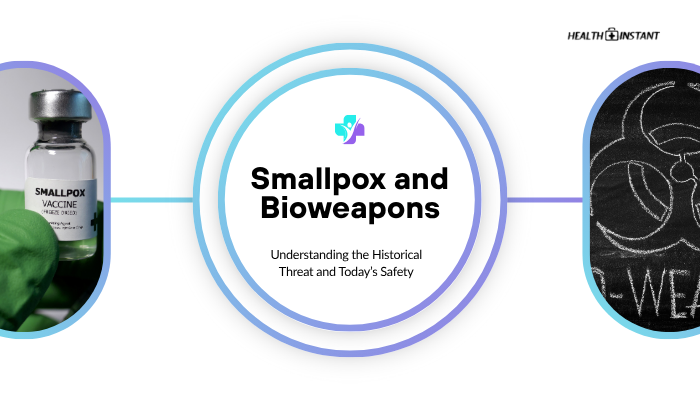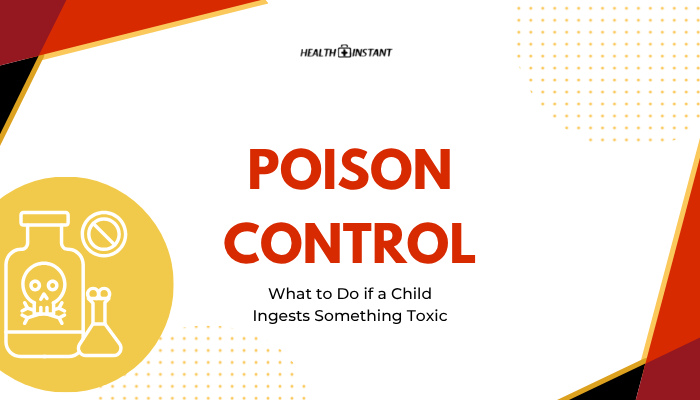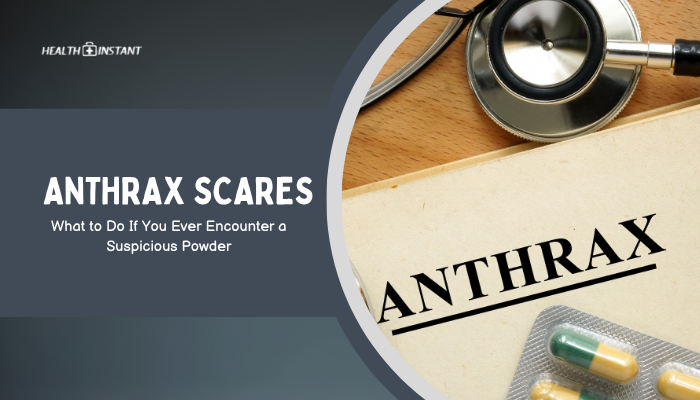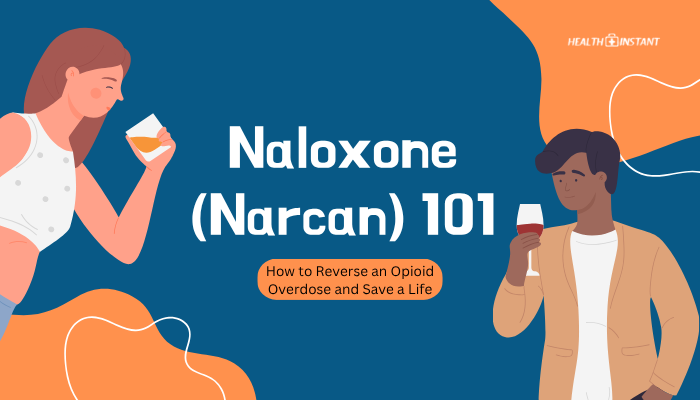Introduction
Smallpox—once one of humanity’s most devastating infectious diseases—claimed countless lives before a global vaccination campaign led to its official eradication in 1980.
Despite this success, smallpox has attracted attention for its potential as a biological weapon, given its high fatality rates and ease of transmission. While the disease no longer circulates naturally, awareness of its history and current safety protocols can help dispel fears, highlighting the layers of protection in place to prevent any reintroduction.

What Is Smallpox?
Smallpox is caused by the variola virus. Characteristic features include:
- Fever and Fatigue: Early flu-like symptoms.
- Distinctive Rash: Progressing from macules and papules to pustules that can scar survivors.
- High Mortality Rate: Historically ranged between 20–30% in unvaccinated populations.
Transmission occurs through prolonged face-to-face contact with respiratory droplets or, less commonly, contaminated objects.
Historical Use as a Bioweapon
History has documented attempts to weaponize smallpox:
- Siege Warfare: In the 18th century, there were claims of infected blankets offered to enemy populations.
- Military Strategies: Some armies contemplated using smallpox against adversaries.
- Global Fear: Even rumors of a deliberate outbreak often spurred panic due to its high lethality.
However, widespread immunization from the mid-20th century onward significantly reduced the threat. The eventual eradication removed smallpox from natural circulation.
Global Eradication and Where the Virus Remains
By 1980, the World Health Organization (WHO) declared smallpox eradicated. Officially, stocks of the virus remain secured in two labs:
- U.S. Centers for Disease Control and Prevention (CDC) in Atlanta.
- VECTOR Institute in Koltsovo, Russia.
These repositories exist primarily for research in case emerging pox-like viruses appear or for vaccine development. Security around these stocks is strict, monitored by international agreements and scrutiny to prevent unauthorized use.
Modern Safety Measures and Surveillance
- High-Level Biosecurity: The known smallpox samples remain in maximum containment labs (Biosafety Level 4).
- Global Health Monitoring: WHO and national agencies watch for unusual pox-like outbreaks to rapidly respond.
- Post-Eradication Vaccine: Routine vaccination for the general public ceased, but certain lab workers or military personnel may get immunized if they handle orthopoxviruses.
These steps, along with intelligence efforts, help detect if any illicit smallpox research surfaces globally.
Vaccine Considerations Today
- General Public: Routine smallpox vaccination is not currently advised because the disease isn’t circulating.
- Specific Groups: Healthcare or military staff dealing with orthopoxviruses or potential bioterror threats might receive vaccine boosters.
- Side Effects: Older generation smallpox vaccines had higher complication rates than modern vaccines, so broad vaccination campaigns remain unlikely unless a real threat emerges.
If an outbreak or credible threat arose, rapid mobilization of emergency stockpiles and vaccination strategies would begin under WHO or national plans.
Bioterror Risks and Preparedness
- Potential Threat: While improbable, smallpox could be resurrected if rogue actors accessed or engineered the virus.
- Preparedness Plans: Governments maintain emergency stockpiles of smallpox vaccines and updated response protocols.
- Public Awareness: Learning about smallpox’s hallmark signs (fever, rash) fosters quick detection.
- Coordinated Surveillance: Institutions worldwide remain vigilant for any suspicious outbreak reminiscent of smallpox-like symptoms.
Conclusion
Smallpox’s eradication stands as a milestone of global cooperation. Today, the risk of smallpox reemergence is extremely low, thanks to heavily guarded lab stocks and advanced surveillance systems. While hypothetical use as a bioweapon remains a topic of concern, established precautions, stockpiled vaccines, and robust monitoring provide strong safeguards.
Understanding smallpox’s past, the meticulous handling of remaining virus samples, and the continuing vigilance by health authorities can help us remain calm and informed about this historically devastating illness.
References
- World Health Organization (WHO). (2021). Smallpox eradication and global surveillance.
- Centers for Disease Control and Prevention (CDC). (2020). Smallpox overview and laboratory containment.
- American Society for Microbiology. (2019). Potential threats of bioterrorism agents.
- U.S. Department of Homeland Security. (2022). Bioterrorism preparedness guidelines for smallpox.
Disclaimer: This content is for informational purposes only and does not replace official medical or government guidance. For current policies or direct concerns about smallpox or bioterror, consult relevant public health authorities.





